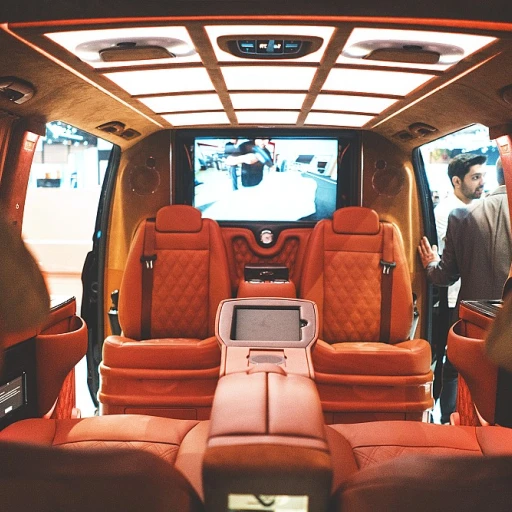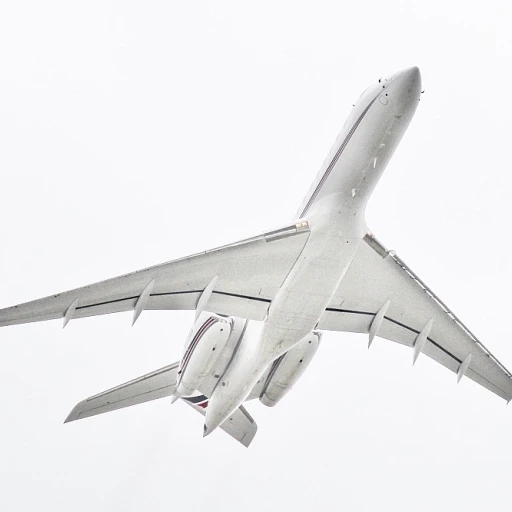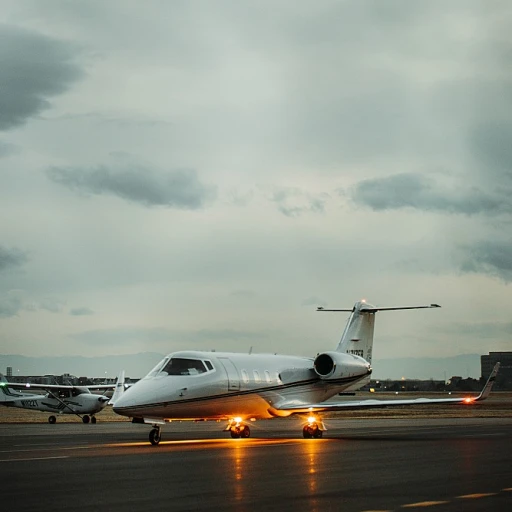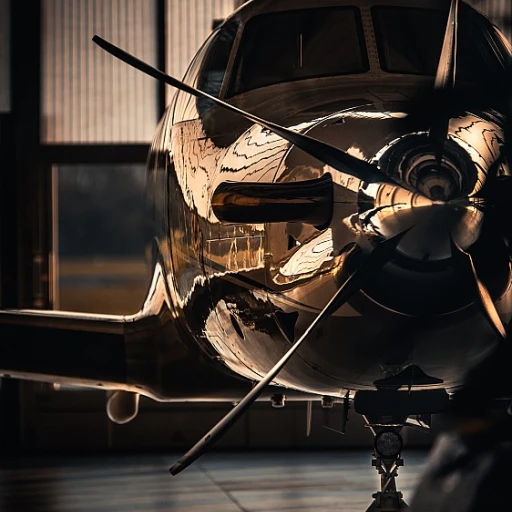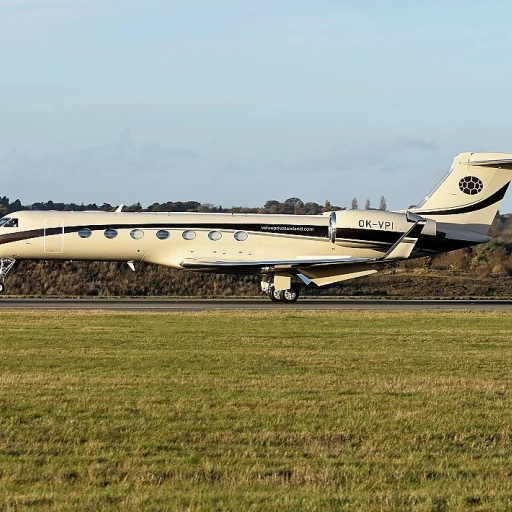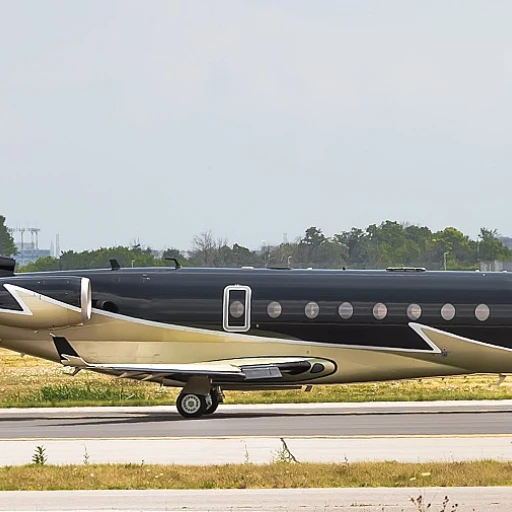
Understanding Bespoke Cabin Design
Exploring the Art of Customization in Cabin Design
When it comes to luxury jet travel, bespoke cabin design is not just about aesthetics; it's an intricate blend of art and science that transforms a simple aircraft interior into a personalized sanctuary. This customization process involves a meticulous approach to design, where every element is tailored to reflect the owner's unique tastes and preferences.
Imagine stepping into a cabin that mirrors the elegance of luxurious interiors you might find in high-end homes. The journey begins with understanding the client's vision, much like crafting a dream log cabin or a timber frame home. Specialists in bespoke design work closely with clients to create a space that balances luxury and functionality, ensuring that every detail aligns with the client's lifestyle and needs.
Customization options are vast, ranging from the selection of materials to the integration of advanced technology. Whether it's choosing the finest leather for seating or incorporating state-of-the-art entertainment systems, the possibilities are endless. Much like building a custom log home, the process involves careful planning and collaboration with skilled builders and designers to bring the vision to life.
In essence, bespoke cabin design is about creating a space that feels like a home away from home, where every element is thoughtfully curated to enhance the travel experience. It's about crafting a journey that is as memorable as the destination itself.
Balancing Luxury and Functionality
Finding the Perfect Harmony in Luxurious Jet Interiors
In the realm of bespoke cabin design, achieving the right balance between luxury and functionality stands as an essential cornerstone. As travelers opt for more personalized experiences, it's crucial that every element within a private jet's interior serves a dual purpose of aesthetic appeal and practical use. The luxury aspect is undeniably attractive, with opulent materials like fine woods, premium leathers, and intricate detailing enhancing the overall ambiance. Yet, practicality should not be overshadowed. Features such as adjustable seating, ample storage solutions, and user-friendly interfaces ensure that the elegance does not come at the expense of comfort or utility. Designing a cabin experience that harmonizes these twin pillars often involves utilizing the latest advancements in engineering and ergonomics. For instance, seats can be designed to seamlessly transition from upright positions to full-beds with minimal effort, thus offering immense value during long-haul flights. Custom lighting systems that adapt to different phases of the journey can enhance passenger comfort while also complementing the luxurious design ethos. Taking inspiration from renowned aircraft models, the Hawker 900XP serves as a case study of how functionality meets luxury. This jet exemplifies how meticulously selected features can influence both the travel experience and the perception of opulence. With an eye for detail, innovative design inputs, and a focus on the end-user experience, private jet interiors become more than just luxurious settings—they transform into spaces that support seamless, sophisticated travel. As you explore bespoke cabin options, remember that the ultimate travel experience lies in the subtle interplay of luxury and functionality. Your journey is not just about getting from one destination to another; it's about savoring every moment in an environment tailored just for you.Material Selection and Innovation
The Art of Material Selection
In crafting a luxurious cabin experience, the choice of materials plays a pivotal role. Selecting the right materials is not merely about aesthetics; it involves considering durability, comfort, and the sensory experience they provide. When passengers step aboard, they should immediately feel the difference that bespoke cabin design offers. Bespoke cabin designs often feature materials that provide a tactile and visual feast. For example, leather is commonly chosen for seating due to its durability and comfort, while wood veneers and high-quality metals can enhance the cabin's elegance. The key is to blend these materials seamlessly, maintaining both the aesthetic appeal and functional advantage. Luxury doesn't have to mean sacrificing functionality. Using materials that contribute to both could mean incorporating lightweight composites, which help improve fuel efficiency. These advanced materials allow for innovative designs without adding significant weight, which can ultimately enhance the performance of the jet. Moreover, innovation in soundproof materials is revolutionizing the way we perceive cabin comfort. By integrating acoustic-damping materials, designers can ensure a quieter environment, allowing passengers to enjoy their journey without unnecessary distractions. This aspect not only contributes to a more serene setting but also maintains the exclusivity and privacy that private jets are known for. Lastly, the integration of cutting-edge technology seamlessly with these materials is crucial. Whether it's ambient lighting systems or advanced climate control, technology can elevate the sensory experience, perfectly complementing the carefully selected materials to create a harmonious blend of luxury and practicality.Incorporating Technology Seamlessly
Integrating Cutting-Edge Technology for a Seamless Experience
In the realm of bespoke cabin design, the integration of technology is not just an add-on; it is a fundamental aspect that enhances the luxury and functionality of your private jet. As you explore the customization options available, consider how technology can transform your travel experience.
Modern private jets are equipped with advanced systems that ensure a seamless journey. From intuitive cabin controls to state-of-the-art entertainment systems, the possibilities are vast. Imagine controlling the lighting, temperature, and entertainment options with a simple touch or voice command. This level of customization allows for a truly personalized experience, tailored to your preferences.
Moreover, the integration of technology extends beyond comfort. It plays a crucial role in safety and efficiency. Advanced navigation systems, real-time flight tracking, and enhanced communication tools are just a few examples of how technology can enhance your journey. These innovations ensure that your travel is not only luxurious but also safe and efficient.
When considering the design of your cabin, it's essential to collaborate with specialists who understand the intricacies of integrating technology into the design. These experts can guide you through the process, ensuring that the technology complements the aesthetic and functional aspects of your cabin. Whether you're building a custom log cabin or a state-of-the-art private jet, the right team can make your dream a reality.
As you plan your bespoke cabin, think about how technology can enhance your experience. Whether it's through innovative entertainment options, advanced safety features, or seamless connectivity, the right technology can elevate your journey to new heights.
The Role of Collaboration in Design
Collaborative Efforts in Crafting Luxurious Interiors
Designing the interior of a luxury private jet requires a symphony of collaborative efforts. It's not merely about aesthetics; the harmony between design, engineering, and functionality is crucial. This collaboration ensures that each bespoke element seamlessly integrates into the aircraft, maintaining safety and elegance. Bringing together a team of experts is essential. This team typically includes interior designers, engineers, and skilled artisans, each contributing their expertise to create a cohesive design. Their combined efforts result in a cabin that not only meets the high standards of luxury but also complies with aviation regulations, ensuring passenger safety and comfort. By engaging experts from various fields, the cabin design process becomes a holistic journey, transforming visions into flying masterpieces. This collaborative approach extends beyond the teams of professionals. Involving the client throughout the process is also critical. Understanding the client’s expectations and preferences allows the design team to tailor every detail to the individual's unique taste and needs. This ensures that the final product is not just luxurious, but also a true reflection of the client's personality, creating an intimate and personalized flying environment. By fostering a collaborative environment, bespoke cabin design evolves from a mere concept to a luxurious reality. It’s this intricate dance of teamwork and expertise that elevates the private jet travel experience to new heights, ensuring a perfect balance between personalization and luxury.Case Studies of Exceptional Cabin Designs
Showcasing Excellence in Cabin Design
To truly understand the impact of bespoke cabin design on luxury jet travel, examining real-world examples can be enlightening. These case studies highlight how the principles of luxury, functionality, and innovation come together to create exceptional experiences.
Timber Frame Elegance
One standout example is a private jet that incorporates timber frame elements into its cabin design. This approach not only adds a touch of rustic charm but also enhances the overall aesthetic appeal. The use of custom log accents and log cabin inspired motifs creates a unique ambiance that resonates with passengers seeking a connection to nature, even while flying at high altitudes.
Customization Options for the Discerning Traveler
Another remarkable case involves a jet that offers extensive customization options for its interiors. From floor plans to cabin kits, every aspect can be tailored to the owner's preferences. This level of personalization ensures that the cabin not only meets but exceeds the expectations of those who dream of a truly bespoke travel experience.
Innovative Use of Space
In a world where space is at a premium, one jet's design team has mastered the art of maximizing every inch. By employing clever floor plan strategies and integrating multifunctional furniture, they have created a cabin that feels spacious and luxurious. This approach demonstrates how thoughtful design can enhance both comfort and functionality.
Collaborative Design Process
The success of these designs often hinges on collaboration between builders, specialists, and the clients themselves. By working closely with experts in log homes and cabin homes, clients can ensure that their vision is brought to life in a way that is both practical and aesthetically pleasing. Viewing testimonials and taking a video tour of completed projects can provide invaluable insights into the possibilities of bespoke cabin design.
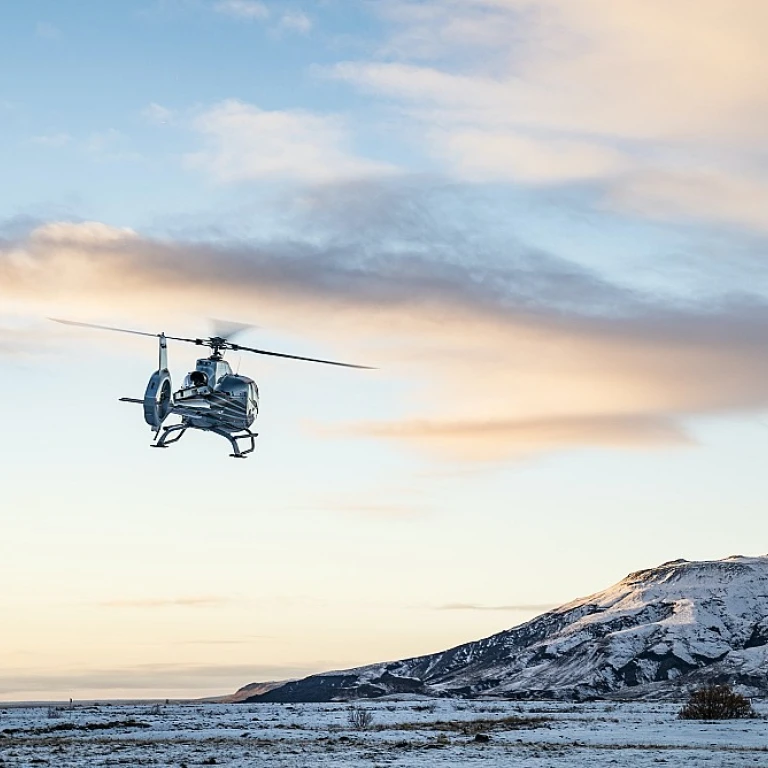
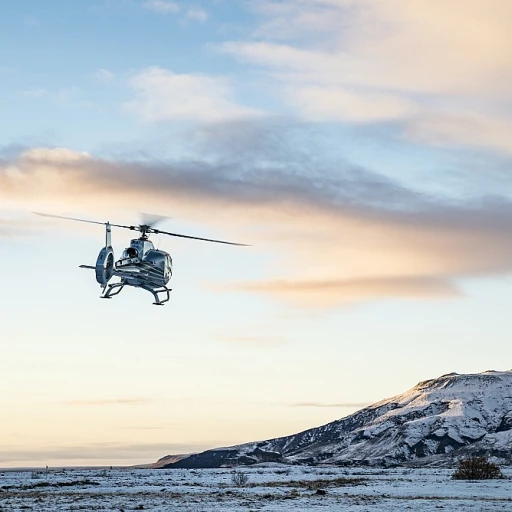
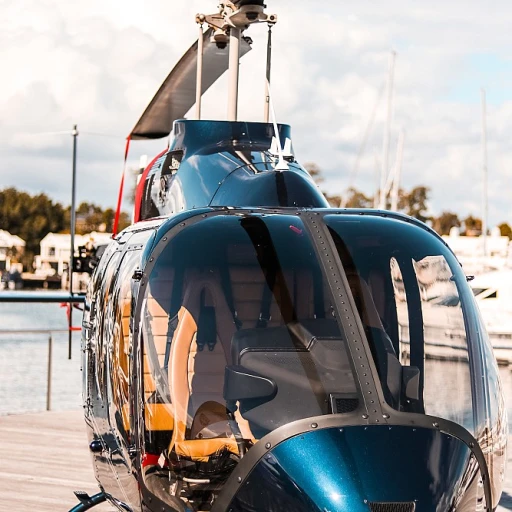
-large-teaser.webp)
-large-teaser.webp)

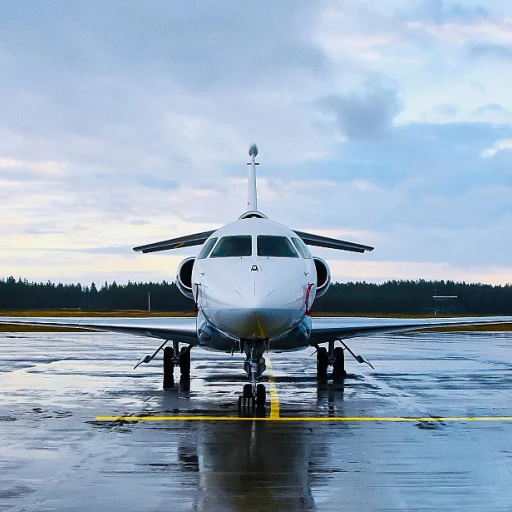
-large-teaser.webp)
